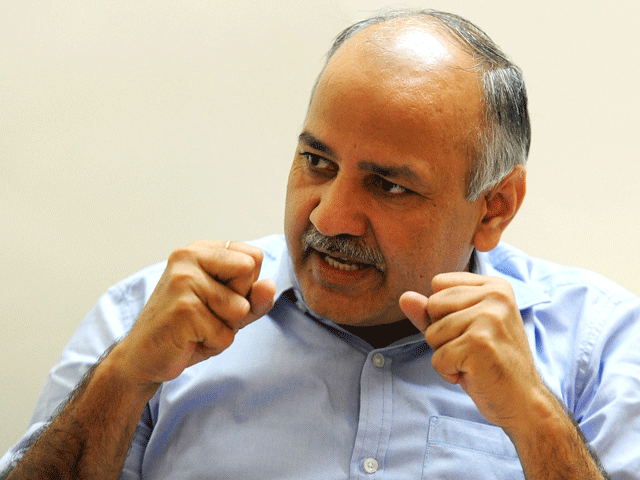These 7 realty stocks generated up to 421% return in last 5 years
With FM Arun Jaitley batting for affordable housing, the sector is all set to get a lease of life, and the performing stocks may continue to do well.

NEW DELHI: The
real estate counter might be perceived as one of the worst places to bet on, but there are stocks within that space that have offered spectacular returns over the past five years.
Some of the stocks have even managed to generate returns as high as 400 per cent, or five times, the initial investment. With
Finance Minister Arun Jaitley batting for affordable housing, the sector is all set to get a lease of life, and the performing stocks may continue to do well.
Data available with corporate database Capitaline showed shares of Delhi-based Ashiana Housing have surged five times, or 421 per cent, in last five years. The increase in Budget allocation towards Pradhan Mantri Awaas Yojana to Rs 23,000 crore from Rs 15,000 crore is seen as a positive for players such as Ashiana Housing with presence in the small ticket segment.
Kolte Patil Developers has seen its shares rise from 35 apiece to Rs 102.80 apiece, registering a 191 per cent surge in last five years. The company is likely to gain from the Budget proposal to accord infrastructure status to affordable housing.
Ahmedabad-focused Radhe Developers has seen a 154 per cent jump in share price in last five years. Prestige Estates, Ansal Housing TCI Developers and Phoenix Mills have doubled investor money during this period.
HDFC Securities believes Prestige Estates, Kolte Patil and Ashiana Housing are likely to be key beneficiaries of the changes in the scheme for profit-linked income tax deduction for promotion of affordable housing. Under the scheme, the carpet area will be counted, instead of builtup area of 30 and 60 sq metres for tax deduction.
"The government has understood the pains of the
industry. It has taken a decision to give infrastructure status to affordable housing. This will certainly give a boost to affordable housing. More so the definition of affordable housing itself has been changed to 60 square metres carpet area and 30, of course, in the four metros," said Irfan Razack, CMD, Prestige Estates
Since their January 2008 peak levels, many real estate stocks have seen prolonged multi-year corrections, with some of them even falling up to 90 per cent.
In just five years, sectoral leaders such as Unitech and
DLF have lost 81 per cent and 37 per cent, respectively, of their market value. Puravankara, Anant Raj, DB Realty and HDIL are other notable real estate stocks which are trading about 20-30 per cent lower from the levels where they traded five years ago. Returns are even poorer when one takes an extended period.
But with the government announcing a number of sops for the real estate sector, it is likely to get a lift after the cash ban in November hit the already-battered housing market hard.
"Changing the definition of affordable housing from built-up area to carpet area will give the much-needed boost to the realty sector, as most projects outside the periphery of the metros will now fall in that bracket and increased tenure to avail the benefit of 100 per cent deduction is a huge positive for the realty sector as a whole. The Budget is positive for Ashiana Housing, Kolte Patil, Brigade Entreprise, Prestige Estate projects and Mahindra Lifespaces," said Angel Broking.
The brokerage, however, said the near-term upside of these stocks might be capped as they have already moved up substantially. There has been an increase in the tenure for completion of projects from three to five years from the date of commencement to avail 100 per cent tax deduction for profit. This is seen as a positive for all real estate developers.
A one-year breathing space has been provided to builders for liquidating their inventory before being taxed on notional rental income. The base year for indexation is now proposed to be shifted from April 1, 1981 to April 1, 2001 for all assets, including immovable property.
 PUNE: The Maharashtra Airport Development Company Limited (MADC) will select a consultant to prepare a detailed project report (DPR) for the Pune international airport project by this week.
PUNE: The Maharashtra Airport Development Company Limited (MADC) will select a consultant to prepare a detailed project report (DPR) for the Pune international airport project by this week.
 NEW DELHI: Land and
NEW DELHI: Land and  NEW DELHI: The
NEW DELHI: The 